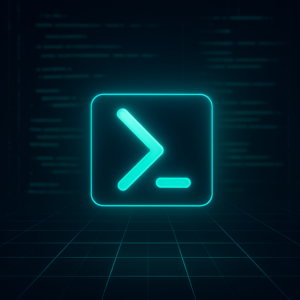Alert: New Vulnerabilities Discovered in QNAP and Kyocera Device Manager
A security flaw has been disclosed in Kyocera’s Device Manager product that could be exploited by bad actors to carry out malicious activities on affected systems.
“This vulnerability allows attackers to coerce authentication attempts to their own resources, such as a malicious SMB share, to capture or relay Active Directory hashed credentials if the ‘Restrict NTLM: Outgoing NTLM traffic to remote servers’ security policy is not enabled,” Trustwave said.
Tracked as CVE-2023-50916, Kyocera, in an advisory released late last month, described it as a path traversal issue that enables an attacker to intercept and alter a local path pointing to the backup location of the database to a universal naming convention (UNC) path.
This, in turn, causes the web application to attempt to authenticate the rogue UNC path, resulting in unauthorized access to clients’ accounts and data theft. Furthermore, depending on the configuration of the environment, it could be exploited to pull off NTLM relay attacks.
The shortcoming has been addressed in Kyocera Device Manager version 3.1.1213.0.
QNAP Releases Fixes for Several Flaws
The development comes as QNAP released fixes for several flaws, including high-severity vulnerabilities impacting QTS and QuTS hero, QuMagie, Netatalk and Video Station.
This comprises CVE-2023-39296, a prototype pollution vulnerability that could allow remote attackers to “override existing attributes with ones that have an incompatible type, which may cause the system to crash.”
The shortcoming has been addressed in versions QTS 5.1.3.2578 build 20231110 and QuTS hero h5.1.3.2578 build 20231110.
A brief description of the other notable flaws is as follows –
- CVE-2023-47559 – A cross-site scripting (XSS) vulnerability in QuMagie that could allow authenticated users to inject malicious code via a network (Addressed in QuMagie 2.2.1 and later)
- CVE-2023-47560 – An operating system command injection vulnerability in QuMagie that could allow authenticated users to execute commands via a network (Addressed in QuMagie 2.2.1 and later)
- CVE-2023-41287 – An SQL injection vulnerability in Video Station that could allow users to inject malicious code via a network (Addressed in Video Station 5.7.2 and later)
- CVE-2023-41288 – An operating system command injection vulnerability in Video Station that could allow users to execute commands via a network (Addressed in Video Station 5.7.2 and later)
- CVE-2022-43634 – An unauthenticated remote code execution vulnerability in Netatalk that could allow attackers to execute arbitrary code (Addressed in QTS 5.1.3.2578 build 20231110 and QuTS hero h5.1.3.2578 build 20231110)
While there is no evidence that the flaws have been exploited in the wild, it’s recommended that users take steps to update their installations to the latest version to mitigate potential risks.
A considerable amount of time and effort goes into maintaining this website, creating backend automation and creating new features and content for you to make actionable intelligence decisions. Everyone that supports the site helps enable new functionality.
If you like the site, please support us on “Patreon” or “Buy Me A Coffee” using the buttons below
To keep up to date follow us on the below channels.



